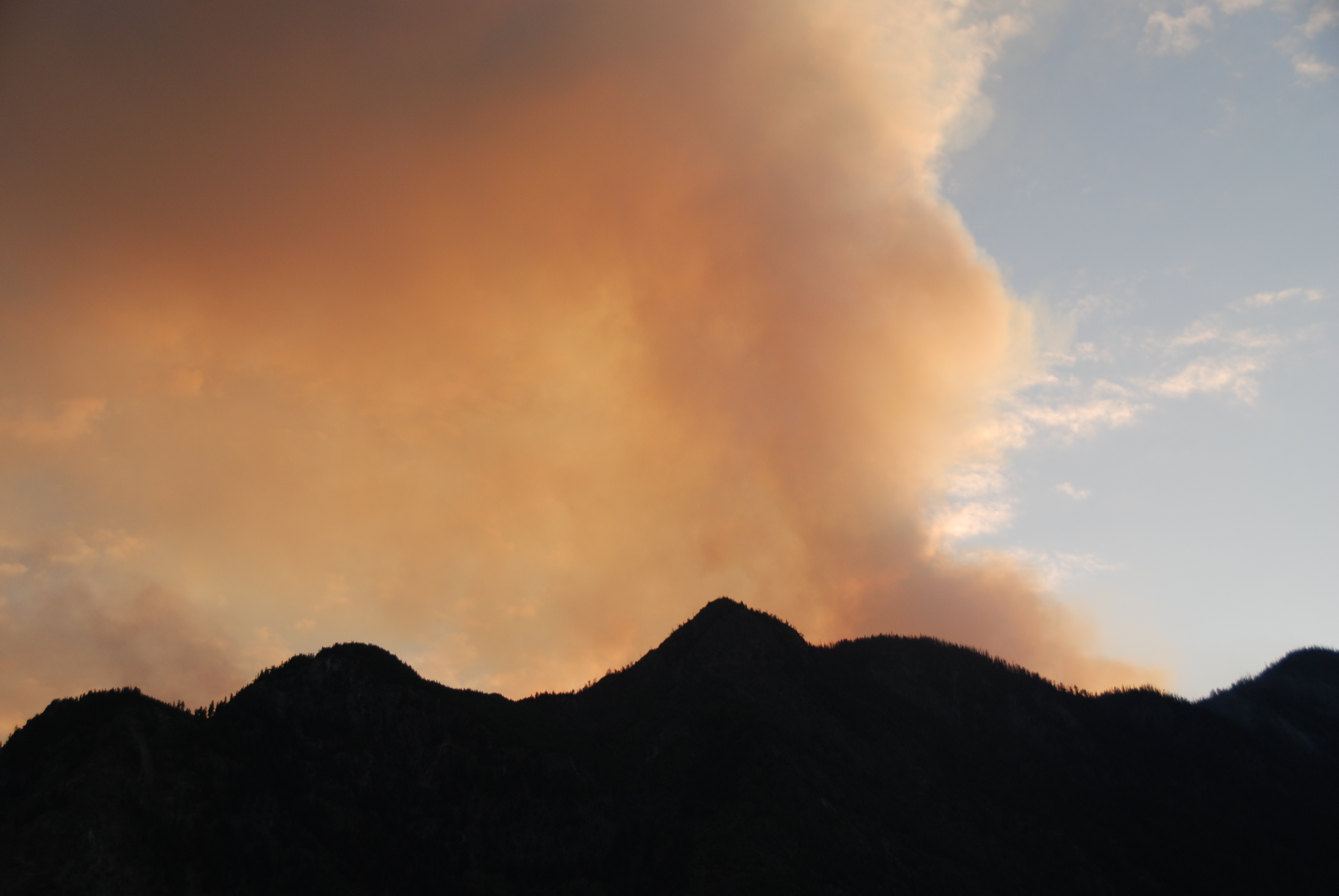 Thousands of lightning strikes have been recorded in California recently as portions of the state gear up for more storms, bringing with them potential wildfires. The state’s northern half saw 1,681 lightning strikes between Sunday, July 27, and Monday, July 28, Cal Fire reported, sparking 23 wildfires. Cal Fire units Lassen-Modoc, Shasta-Trinity, and Siskiyou responded to 14 new fires, none of which grew significantly, Cal Fire said as of July 28. Yet, this month, more lightning strikes in short periods have occurred in the state. The U.S. Forest Service Shasta-Trinity National Forest reported on July 26 that Northern California experienced 18,863 lightning strikes due to storms in the area the evening before. …The National Interagency Fire Center has tracked the number of fires in Northern California and Southern California caused by lightning in recent years, showing that thousands of fires in the state and nationwide are caused by nature.
Thousands of lightning strikes have been recorded in California recently as portions of the state gear up for more storms, bringing with them potential wildfires. The state’s northern half saw 1,681 lightning strikes between Sunday, July 27, and Monday, July 28, Cal Fire reported, sparking 23 wildfires. Cal Fire units Lassen-Modoc, Shasta-Trinity, and Siskiyou responded to 14 new fires, none of which grew significantly, Cal Fire said as of July 28. Yet, this month, more lightning strikes in short periods have occurred in the state. The U.S. Forest Service Shasta-Trinity National Forest reported on July 26 that Northern California experienced 18,863 lightning strikes due to storms in the area the evening before. …The National Interagency Fire Center has tracked the number of fires in Northern California and Southern California caused by lightning in recent years, showing that thousands of fires in the state and nationwide are caused by nature.